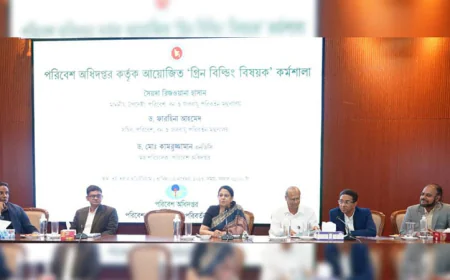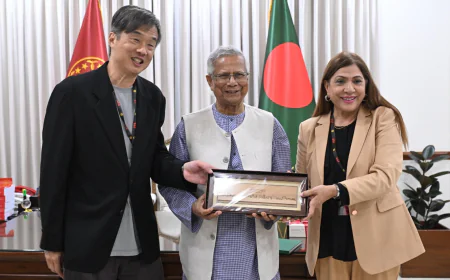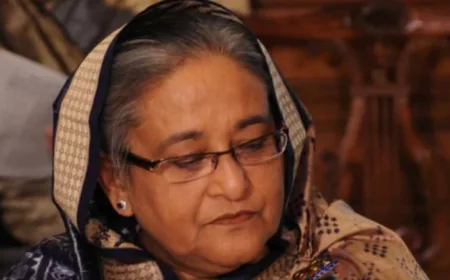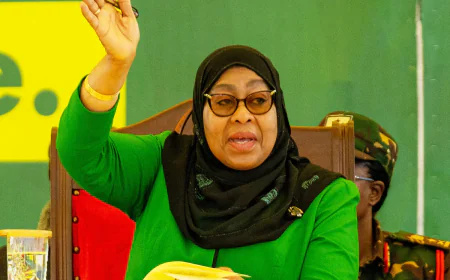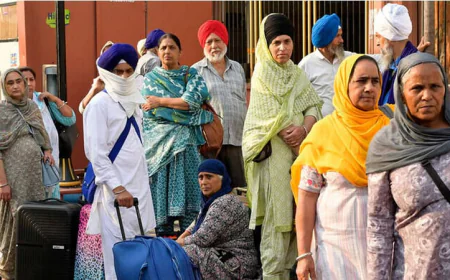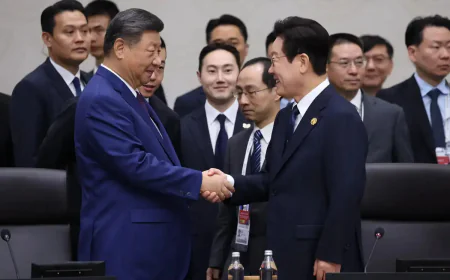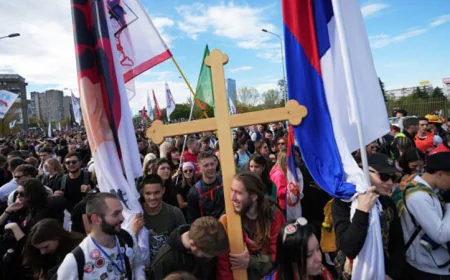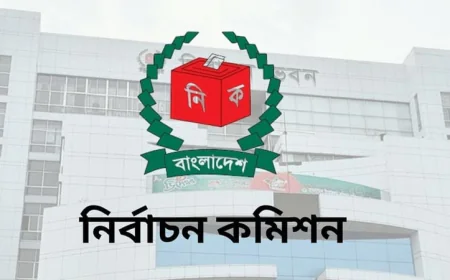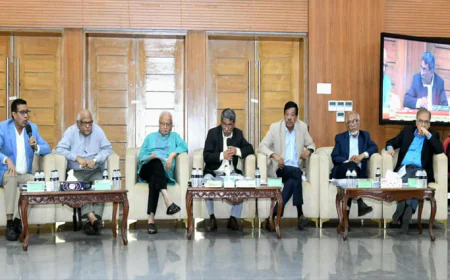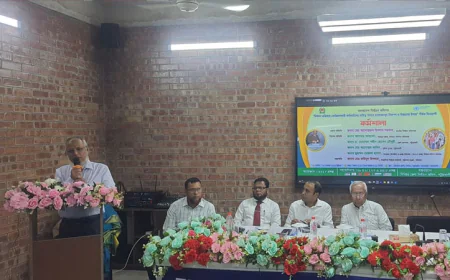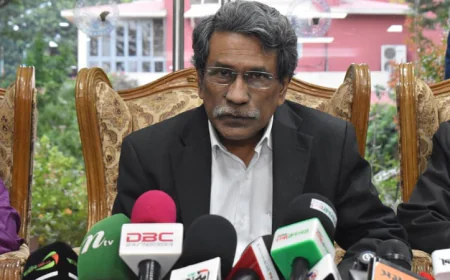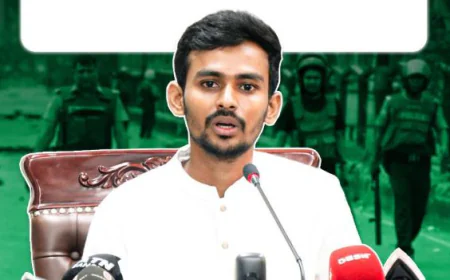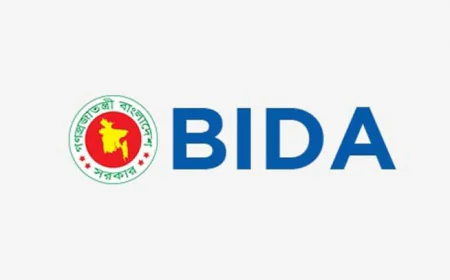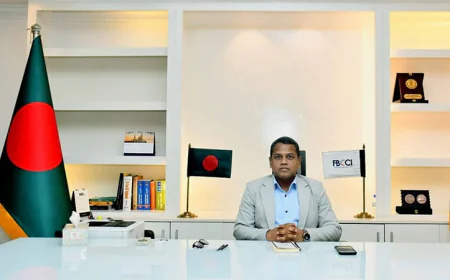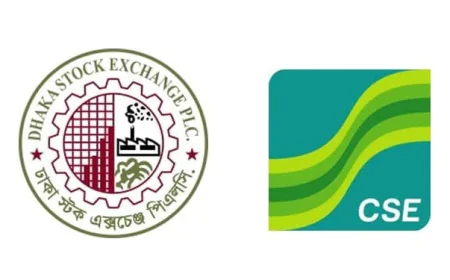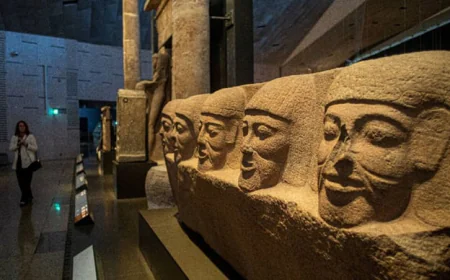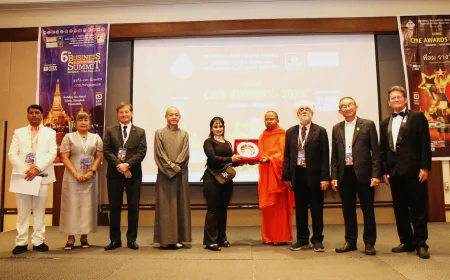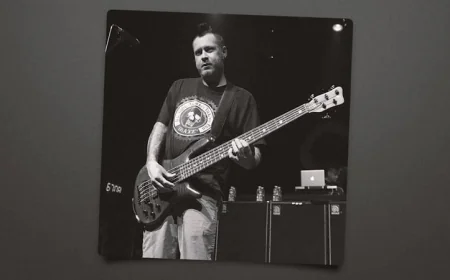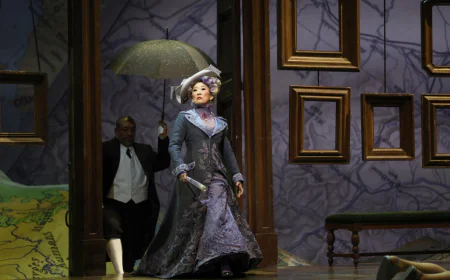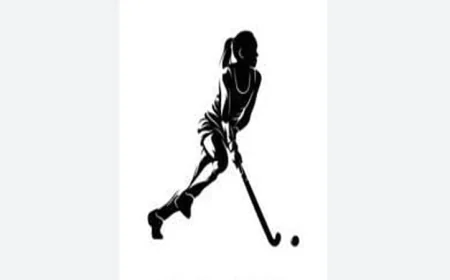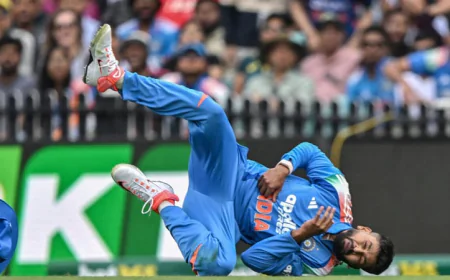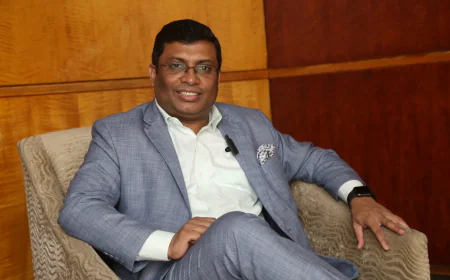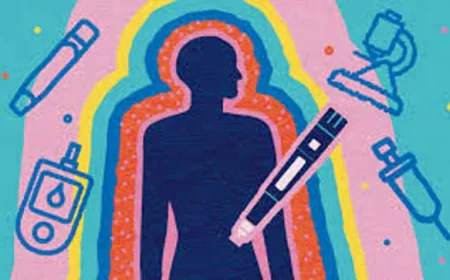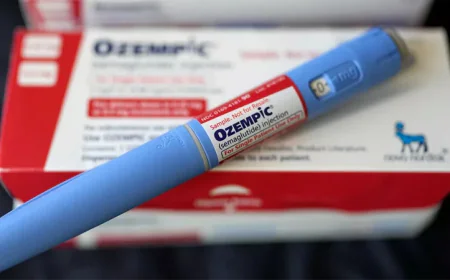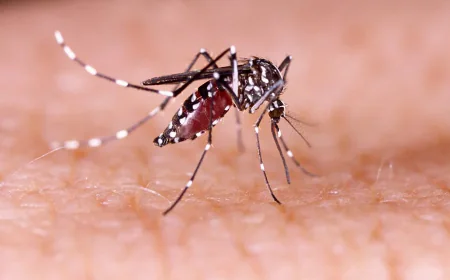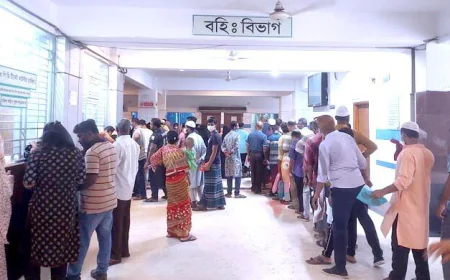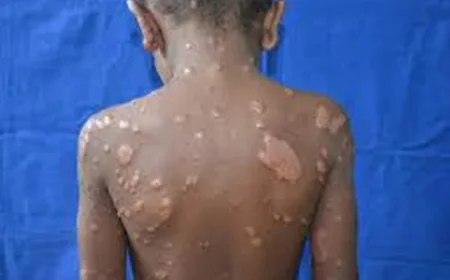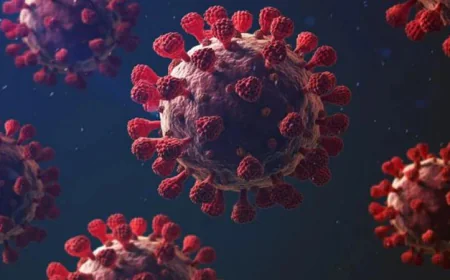Eye Hospital Restarts Limited Outpatient Services

Outpatient services at the National Institute of Ophthalmology and Hospital (NIOH) have resumed on a limited scale on the 16th day of closure, alongside the emergency department which remains operational. However, indoor hospital services are still suspended. Conversations with doctors and staff on Thursday (June 12) morning revealed that they have returned to the hospital but have some demands which, if met, would ensure their regular attendance. However, most doctors, nurses, and staff still harbor security concerns. Meanwhile, although services have partially resumed, the fourth floor of the hospital building remains occupied by July injured protesters. Reports indicate that several protesters inside the fourth floor are keeping the collapsible gate locked. Attempts to communicate with them were unsuccessful. The doctors, nurses, and officials went on strike on May 28, demanding workplace security. Except for the emergency department, all routine medical services, including surgeries, were halted. Due to this, clashes occurred early in the morning between hospital workers and patients seeking treatment. After 11:30 am, Dr. Mahfuz Alam, a registrar, explained the situation and apologised for the temporary inconvenience. He assured that patients with scheduled surgeries would be contacted later by phone regarding their operations. However, this failed to satisfy the patients, who became unruly, shouting and creating chaos. They also approached doctors and nurses aggressively.
When Ansar members tried to intervene and calm the situation, scuffles broke out, leading to physical altercations between hospital staff and patients. As tensions escalated throughout the hospital, security personnel locked the collapsible gates of all wards for safety reasons. Fearing potential attacks, the July injured protesters broke the locks and began assaulting doctors, staff, and patients with sticks and rods. Some protesters from the National Institute of Traumatology and Orthopaedic Rehabilitation (NITOR) also joined the attack. Fifteen people, including doctors, were injured in the violence. In fear, most doctors, nurses, and staff quickly left the hospital. Some who were trapped inside were rescued by army personnel. Following these events, all hospital services were completely shut down. Since that day, the entire hospital has been under the control of the July injured protesters. Doctors, nurses, and other staff have not returned to work there. Currently, only the July injured protesters remain inside the hospital, receiving food supplied routinely by the interim government.

